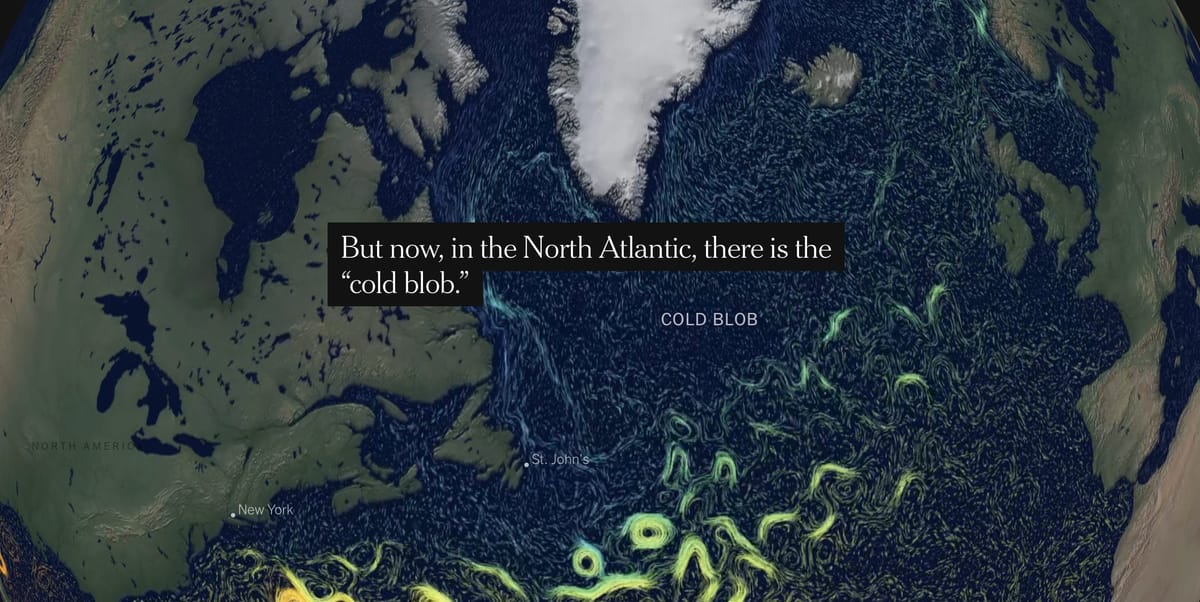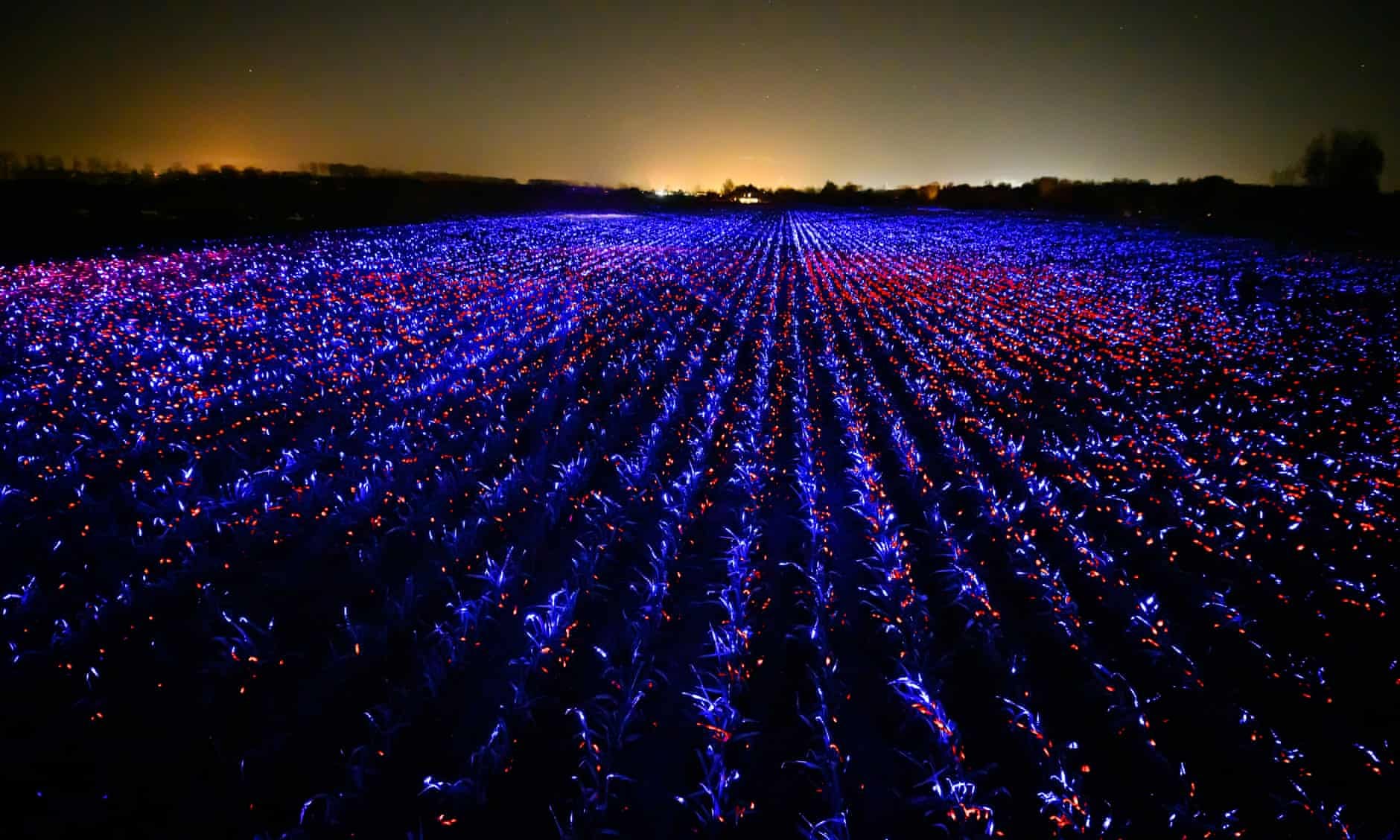
The New York Times vividly brings to life worrying changes to the Gulf Stream in this interactive article from its website - a great example of visual and data-led storytelling. Experience it here
Carbon emissions from email, data centres and crypto currencies are perhaps under-appreciated compared to those from flying, construction or heating. Wunderman Thompson looks at how “Digital activity is emerging as the next frontier in the sustainability movement” in this piece from its Intelligence unit
Volvo has announced that its pure electric models will only be available for sale online and that they will receive maintenance updates remotely – if this becomes the norm, what will it mean for car dealerships, service stations and their employees? Bloomberg Green takes a look here

Dutch artist and designer Daan Roosegaarde and plant biologists, Grow have collaborated on a project that uses solar-powered LEDs to help crops grow better by effectively lengthening sunlight hours. A site-specific ‘light recipe’ shines across the leek fields in Lelystad in The Netherlands each evening. Roosegarde hopes that the technique can be applied across the world to increase agricultural productivity without using pesticides or fertilisers. The Guardian has a story on the project here
Also in The Guardian, Oliver Wainwright reports from Leeds’ Climate Innovation District where Solar Street features 60 low-energy homes. “Using up to 10 times less energy than a conventional house, their heating demand is so low that they create excess electricity that is fed into a community grid and used to charge shared electric cars.” The district will soon comprise 1,000 such homes, a combined primary school and care home and an office building. Wainwright reports on similar schemes in Exeter and Norwich and, with some major house builders coming on board, whether this represents a paradigm shift. Read the piece here
In the Dirty Truth About Your Rubbish, Channel 4’s Dispatches programme will be looking at the UK’s energy-from-waste incineration plants, how their use may be driving down recycling rates and whether energy-from-waste technology is really a low-carbon electricity source. More about the programme here

